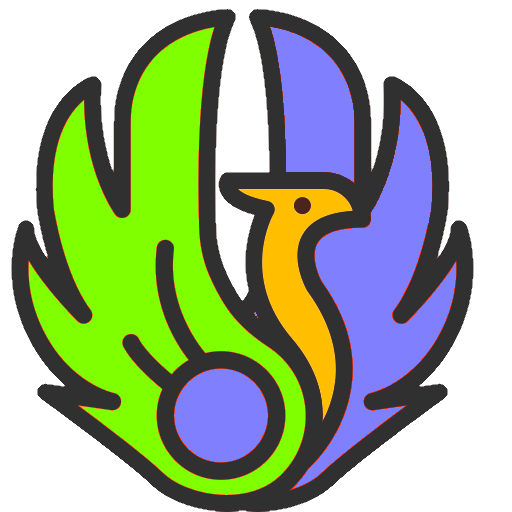While these terms are often used interchangeably, they have different focuses.
Data science is presented as an overarching umbrella term that includes tasks like finding patterns, training machine learning models, and deploying AI applications.
Data analytics, on the other hand, is portrayed as a specialization of data science, concentrating on querying, interpreting, and visualizing datasets.
The data science lifecycle is outlined with seven phases: identifying a problem or opportunity, data mining, data cleaning, data exploration analysis, feature engineering, predictive modeling, and data visualization. The role of a data scientist is highlighted as in-demand, requiring skills in machine learning, AI, coding (Python and R), big data platforms, and database knowledge.
Data analytics is described as the job of conceptualizing existing datasets for decision-making. Four ways to conceptualize data are presented: predictive analytics, prescriptive analytics, diagnostic analytics, and descriptive analytics. The skills required for a data analyst include analytical and programming skills, familiarity with databases, statistical analysis, and data visualization.
Summary#
| Data Science | Data Analytic | |
|---|---|---|
| Roles | Data Scientist | Data Analyst |
| Skills | Machine learning, AI, programming languages (Python, R), big data platforms (Hadoop, Apache Spark), database knowledge (SQL) | Data wrangling including Analytical skills, programming skills, statistical analysis, data visualization |
| Process | 7 phases | 4 types |
| Tools | Python, R, SAS | Excel, Tableau, Power BI |
| Goals | To forecast and predict based on the extracted knowledge and insights. | To make decisions based on the data collected and analyzed. |
| Objectives | To develop algorithms and models that can be used to predict or forecast future outcomes and behaviors. | To use statistical tools and techniques to interpret existing data and offer actionable insights. |
| Application | Forecasting, predictive modeling, anomaly detection, fraud detection, image recognition, natural language processing | Business intelligence, market research, customer analytics, risk assessment, supply chain management |
In summary, data science involves the entire data lifecycle, including creating new algorithms, while data analytics is more focused on using statistical tools to interpret existing data.
Both roles are valuable, and the distinction is essential for those considering a career in either field.
